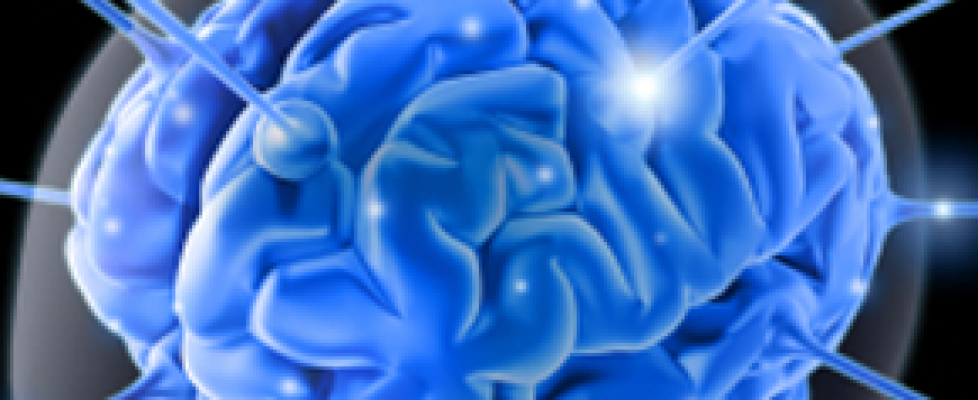Special Edition Wonderfest Newsletter
Dear Wonderfest friend,
I am especially excited about our next event, just two days away. On Thursday, September 22, we will explore Does Quantum Weirdness Influence the Brain? at the Randall Museum Theater in San Francisco. I am “especially excited” for two reasons: (1) this is the first Wonderfest collaboration with Ask a Scientist, and (2) this title question involves topics that get my wonder gland working overtime.
To get some overtime yourself, please take another look at the “blurb” that described this talk in the last Wonderfest newsletter:
Neuroscientists say that there is a mystery at the core of our understanding of consciousness. Physicists say that there is a mystery at the core of our understanding of quantum mechanics. Do these two mysteries have anything to do with each other? UC Berkeley physicist Stan Klein, a founding member of the Association for the Scientific Study of Consciousness, will help us to get a good scientific handle on this thorny, important, and controversial topic. Find out what Dr. Klein has to say about the role of “quantum weirdness” as it relates to the awesome capabilities of the brain, personal awareness, free will, and even parapsychology.
Wonderfest fans have asked for clarification regarding the two mysteries mentioned here. I try to provide this in the paragraphs below.
The “mystery of conscious awareness” may be best seen in the phenomenon of subjective experience. Consider a specific example: the subjective experience of warmth. I know what it is to be warm, i.e., to feel warmth. Poca, the wonder dog, seems to feel warmth, too: she reacts to it the way I do, and she has much the same warmth-sensing nervous system circuitry that I have.
Even the 1-mm-long worm called C. elegans seems to experience warmth. That’s a much tougher “call,” however, because worm behavior is harder to interpret than dog behavior. And, more to the point, worm nerve circuitry is VERY much simpler than dog and human nerve circuitry.
But let’s compare the circuitry of C. elegans to the circuitry of a home thermostat. A thermostat “senses” warmth, but few people claim that a thermostat has a subjective experience of warmth.



C. elegans has about 300 circuit elements (“neurons”). A complicated thermostat may also have a few hundred circuit elements (including many transistors). Neurons are not transistors, of course, but these two types of “switches” appear to perform similar functions. This is why the term circuitry is used by both neuroscientists and electrical engineers.
Here, in a nutshell, is the mystery (or at least one mystery) of conscious awareness: Why do we say that C. elegans might be aware of warmth, while we do not say that the thermostat might be aware of it?
Let me rephrase the question in terminology first made famous by philosopher Thomas Nagel. Why do these two questions have such different answers: “What is like to be a warm C. elegans?” “What is it like to be a warm thermostat?”
To be a warm C. elegans might be at least a tiny bit like being a warm dog or a warm human. But to be a warm thermostat is not “like” anything. Thermostats are not aware. Thermostats do not have subjective “conscious” experiences. (We believe!)
Where does quantum “weirdness” come into this? The kind of quantum weirdness that seems most relevant to what goes on in the brain is called superposition. Superposition refers to one quantum having two irreconcilable attributes at the same time. For example, an electron might be both here and there simultaneously; or a photon might be both “spin up” and “spin down” simultaneously.</>
Bear in mind that superposition is evident in the quantum realm: the realm of the very small and, sometimes, the very cold. The brain’s smallest relevant components seem huge by quantum standards. And those components function in a warm environment: a room temperature body.
Here, in a nutshell, is the mystery (or at least one mystery) of quantum physics: How does the weird indefiniteness (superposition) of the micro-world become the ordinary definiteness of the macro-world. An electron may be both here and there, but a Buick is either here or there, not both. What about a neuron? Can a neuron both fire and not fire at the same time? And even if so, could this influence consciousness?
Does quantum weirdness influence the brain? I can’t wait to entertain such a question with Prof. Klein … and with you. See you on Thursday!
Tucker Hiatt
Executive Director

